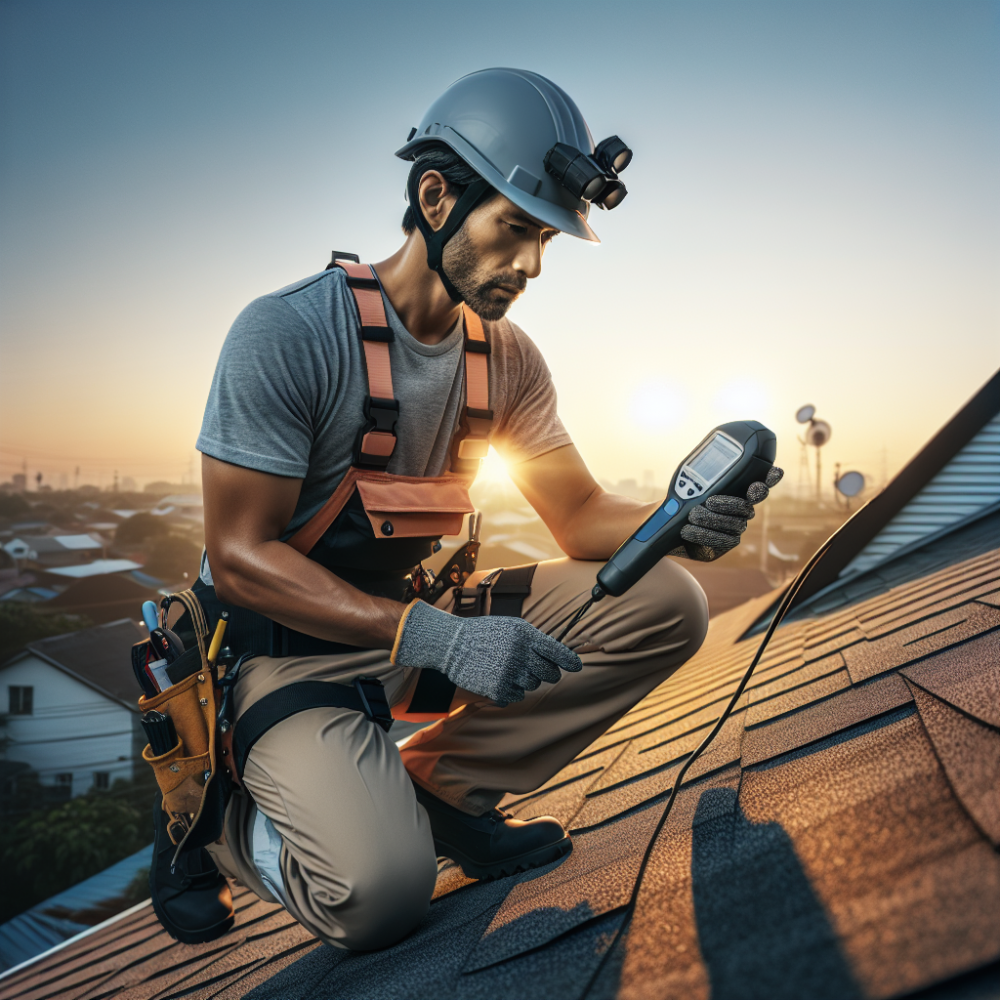Mastering Leak Detection in Roofing: A Comprehensive Guide

Posted on: Sunday, March 3rd, 2024
Leak detection in roofing is a critical skill that homeowners and professionals alike need to master to maintain the integrity and longevity of a property. This process involves identifying potential vulnerabilities and actual leak points in a roofing system before they cause widespread damage. Advanced technology and techniques have significantly improved the efficiency and accuracy of leak detection over the years. Staying informed about these advancements is key to effectively safeguarding a home against water damage and related issues.
Firstly, understanding the common signs of a roof leak is essential. These include water stains on ceilings or walls, missing or damaged shingles, and damp spots along the exterior walls. Not all signs of leaks are visible without a closer inspection, hence the importance of regular roofing inspections by professionals. Additionally, mold growth in attic spaces or on ceilings can also indicate a hidden leak, as moisture accumulation is a prime environment for mold.
Modern leak detection employs various technologies to pinpoint leak locations accurately. Infrared thermography, for instance, has become a popular method for identifying temperature differentials on a roof, which are indicative of moisture presence. Another effective technique is electronic leak detection (ELD), suitable for locating leaks on flat roofs covered with waterproof membranes. These methods, when used by trained professionals, can detect leaks with remarkable precision, minimizing the need for extensive exploratory measures.
The role of preventive maintenance in leak detection cannot be overstated. Regularly scheduled maintenance checks can identify and address potential leak sources before they develop into significant problems. This includes cleaning gutters and downspouts, inspecting and repairing sealants, and ensuring that flashing is intact and correctly installed. Homeowners should also keep an eye on the roof's overall condition and promptly address any issues, such as lifting or broken shingles.
In conclusion, effective leak detection is a multifaceted process that combines keen observation, regular maintenance, and the strategic use of technology. By being proactive and employing the right techniques, homeowners can protect their property from the costly and inconvenient consequences of roof leaks. Remember, when in doubt, consulting with a roofing professional can provide peace of mind and ensure that your roof remains in optimal condition.